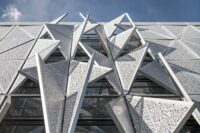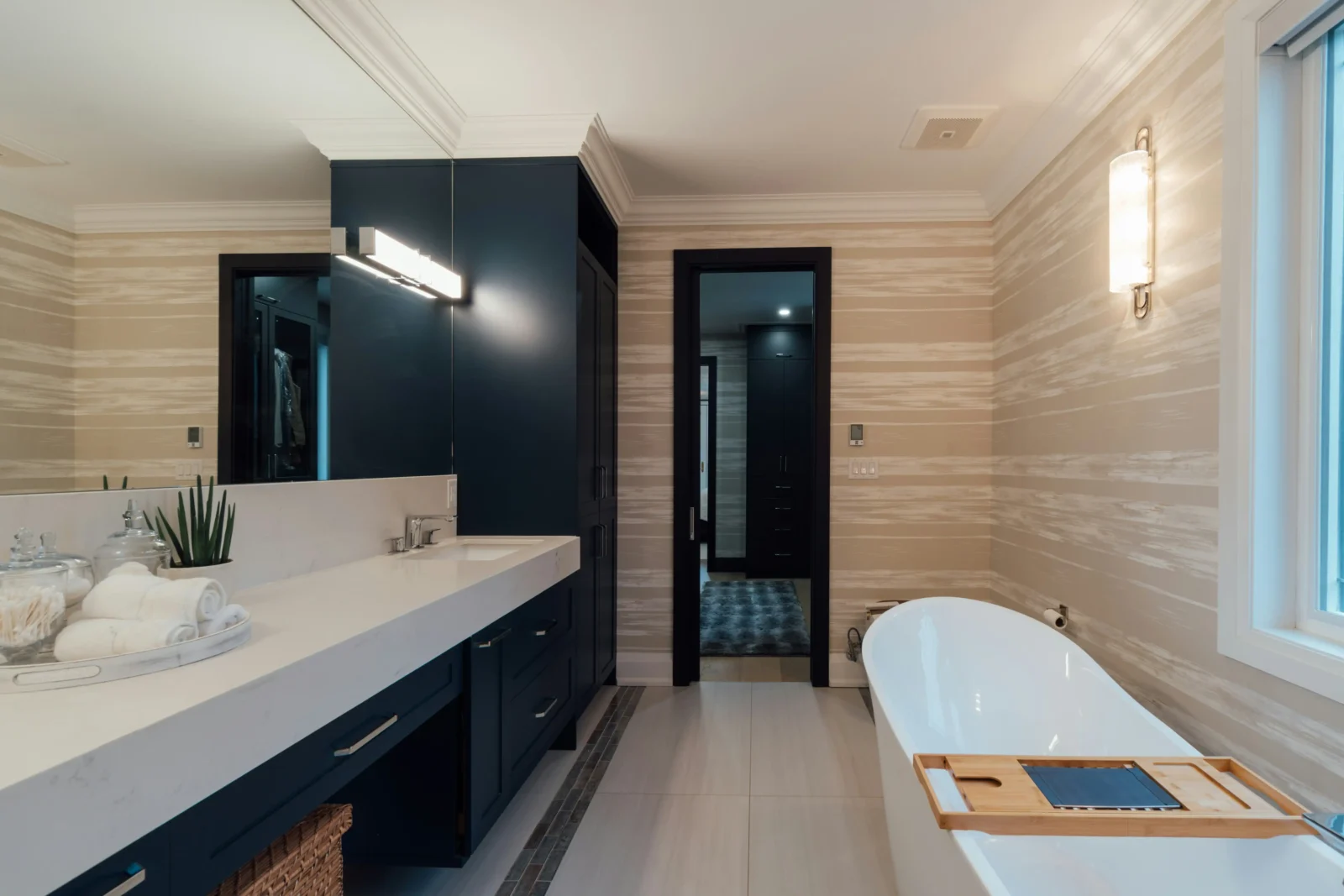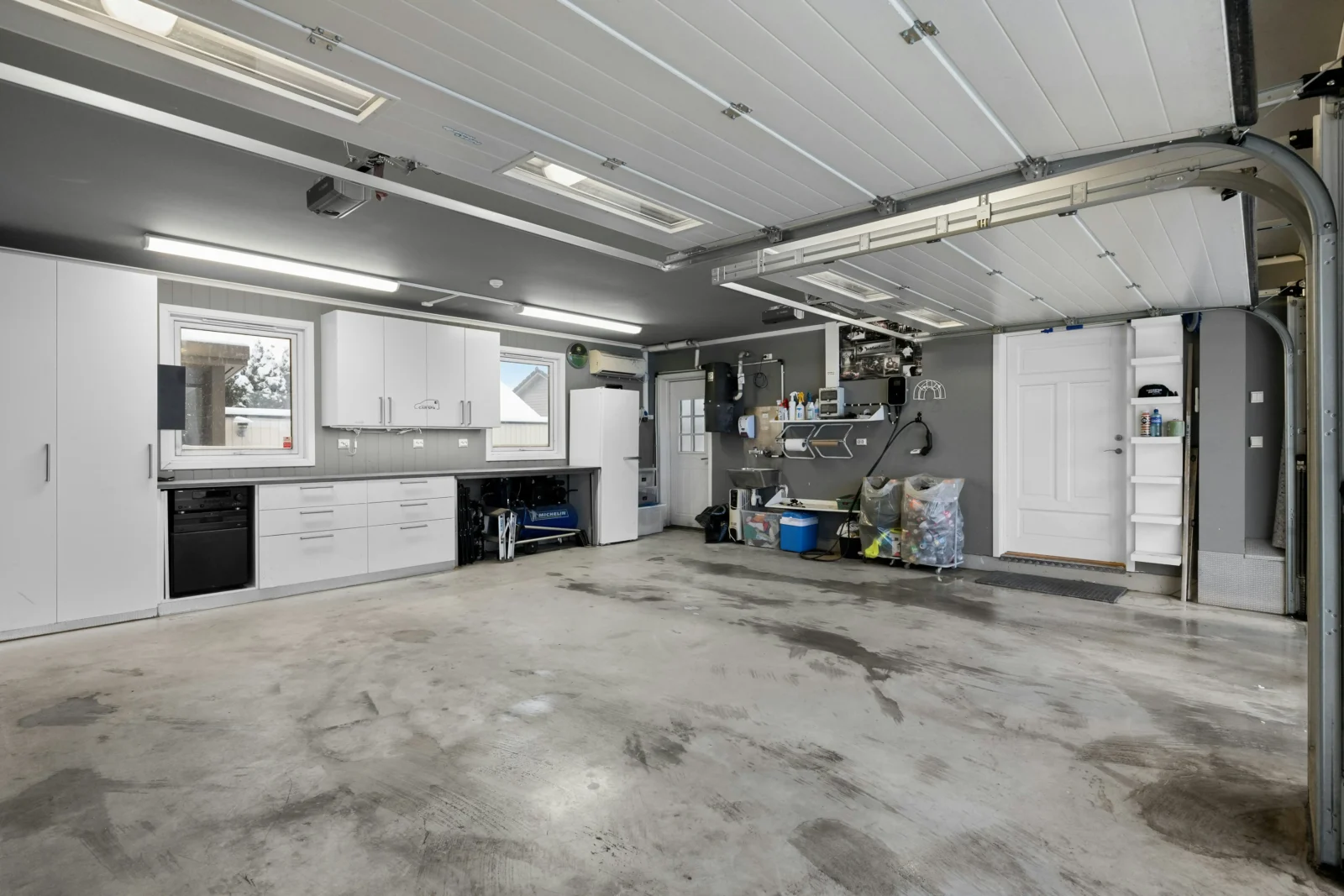- Home
- Articles
- Architectural Portfolio
- Architectral Presentation
- Inspirational Stories
- Architecture News
- Visualization
- BIM Industry
- Facade Design
- Parametric Design
- Career
- Landscape Architecture
- Construction
- Artificial Intelligence
- Sketching
- Design Softwares
- Diagrams
- Writing
- Architectural Tips
- Sustainability
- Courses
- Concept
- Technology
- History & Heritage
- Future of Architecture
- Guides & How-To
- Art & Culture
- Projects
- Interior Design
- Competitions
- Jobs
- Store
- Tools
- More
- Home
- Articles
- Architectural Portfolio
- Architectral Presentation
- Inspirational Stories
- Architecture News
- Visualization
- BIM Industry
- Facade Design
- Parametric Design
- Career
- Landscape Architecture
- Construction
- Artificial Intelligence
- Sketching
- Design Softwares
- Diagrams
- Writing
- Architectural Tips
- Sustainability
- Courses
- Concept
- Technology
- History & Heritage
- Future of Architecture
- Guides & How-To
- Art & Culture
- Projects
- Interior Design
- Competitions
- Jobs
- Store
- Tools
- More

Creating an appealing retail environment is essential for store owners. Your design should reflect your brand and effectively engage customers. Whether you’re starting a new business or updating your existing space, fresh design ideas can enhance the customer experience and boost sales. Every detail counts, from layout to decor, in attracting customers and encouraging them to stay longer.
Here are some large retail design ideas for store owners.
Table of Contents
TogglePlan Your Space Well
Space planning is crucial for setting the overall feel of your retail store. The arrangement of products, how customers move through your space, and the atmosphere can all be influenced by your design choices.
Good space planning creates an inviting atmosphere and helps customers navigate your store while showcasing your products.
Maximize Your Layout
Your layout is central to effective retail design. Consider the paths you want customers to take. A free-flowing layout enables customers to explore at their leisure, encouraging them to discover a wider range of products. A racetrack layout guides customers around the store’s perimeter, creating focal points to attract their interest.
Zoning can also help. By creating separate areas for different types of merchandise, customers can easily find what they need. Group related items together to promote cross-selling opportunities. Ensure that the flow feels natural, avoid overcrowding, and provide enough room for customers to move comfortably.

Lighting
Lighting is key to creating a great atmosphere in your store. It not only highlights products but also sets the mood for shopping. Natural light creates a welcoming environment, while spotlights can focus on specific displays or promotions. A well-lit store feels inviting, making customers more likely to browse.
Beyond functionality, consider mood lighting. Warm tones create a cozy atmosphere, ideal for boutiques, while bright, cool lighting works better in lively spaces. Use colour psychology to your advantage, as different colours can influence shopping behaviour.
Engaging Displays
How you display products can significantly impact customer interest. Move beyond traditional shelving to creative displays. Utilize unique fixtures that encourage interaction, such as artistic setups or themed arrangements. Eye-catching displays can create Instagram-worthy moments, prompting customers to share their experience online.
Interactive displays add excitement. For instance, you can use tablets for product information or augmented reality try-on sections to engage tech-savvy shoppers. This not only attracts customers but can also boost sales as they explore your offerings in new ways.
Use Technology
With online shopping on the rise, integrating technology into your store design helps link physical and digital shopping experiences. Use QR codes for customers to scan and learn more about products or access special offers. This gives valuable information and can drive online traffic.
Also, consider digital signage. It enables you to update content instantly in response to promotions, seasonal changes, or stock levels. This flexibility enhances communication and makes the shopping experience more engaging with attractive advertisements.

Comfort and Aesthetics
Customers enjoy spending time in places where they feel comfortable. Create cozy seating areas where customers can relax and interact with staff to enhance their overall experience. Use soft furnishings that invite customers to stay longer.
Your store’s appearance should align with your brand. Use matching colours, signs, and decor that appeal to your target market. Creative wall art or murals can make your store more interesting and memorable.
Ensure Accessibility
Designing your space for accessibility is important. Customers of all abilities should easily move around. This means having wide aisles, lower displays, and accessible checkout areas. These features not only attract more customers but also demonstrate that you value inclusivity.
Keep pathways clear and tidy. A simple shopping experience can lead to more sales because customers are more likely to browse and buy when they feel comfortable.
Keep It Flexible
Retail trends change rapidly, and your store design should adapt accordingly. A flexible space lets you adapt to customer preferences or seasonal changes. Utilize adjustable fixtures, movable displays, and versatile flooring to easily change the layout without requiring major renovations.
Being adaptable keeps your store fresh and helps you respond quickly to customer feedback. If something isn’t working, you can change it without spending a lot of time or money.
Thoughtful design choices can significantly enhance the customer experience. By focusing on practical, engaging, and flexible retail design, you’re not just selling products; you’re creating memorable experiences that keep customers coming back.
illustrarch is your daily dose of architecture. Leading community designed for all lovers of illustration and #drawing.
Submit your architectural projects
Follow these steps for submission your project. Submission FormLatest Posts
Top Modern and Stylish Bathroom Architectures In 2026
Bathroom design, much like other aspects of interior design, is always changing...
Exterior Enhancements That Turn Every Entrance Into A Showcase
The front of a home sets expectations before anyone touches the handle....
Are Organic Bamboo Sheets Worth the Investment?
When it comes to getting a good night’s sleep, the quality of...
Converting Garages to Living Spaces: Structural Changes That Require Professional Engineering
When considering a garage conversion to extend your home’s living space, understanding...












Leave a comment